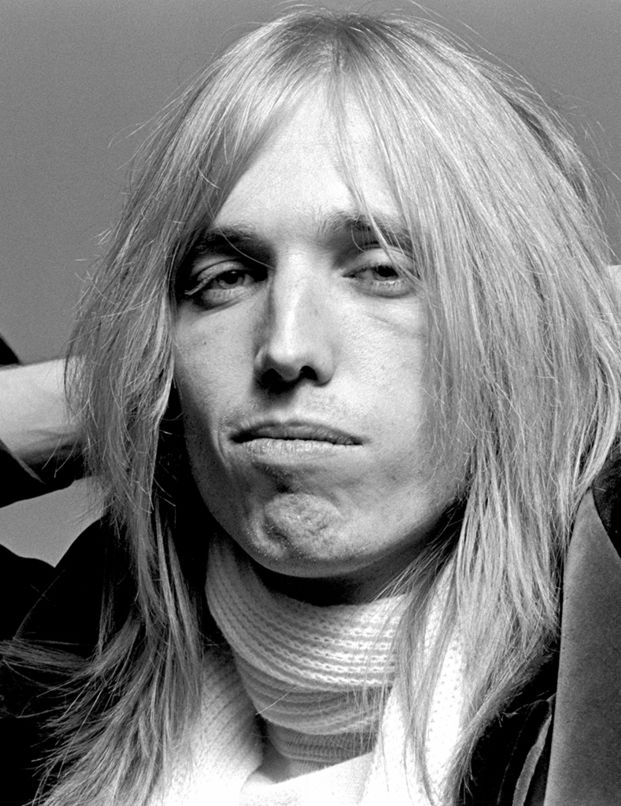Thomas Earl Petty was one of the world’s precious few musicians who produced hit after hit, in a career that spanned almost 50 years. Besides his music, he was famous for his ability to magnetically attract the world’s best loved musicians to work with him, collaborating with Stevie Nicks of Fleetwood Mac, and joining supergroup Traveling Wilburys with Bob Dylan, George Harrison, Jeff Lynne, and Roy Orbison. His mega-hits, including Learning To Fly and Runnin’ Down A Dream totally set the mainstream sound of American rock from the '70s onwards — hugely imitated, but never bettered.
Petty was born in the Autumn of 1950, in Gainesville, Florida. At 10 years old, he was invited on to the film set of the aptly titled Follow That Dream by his uncle. He met the film’s star, Elvis Presley, sowing the seeds of a desire to bring rock music to the world; shortly after, he traded his slingshot for a collection of the King's records. He later said that another pivotal moment was hearing The Beatles for the first time on The Ed Sullivan Show, where he decided there and then that he had to be in a band.
Petty dropped out of high school at 17, to form his first band, The Epics. Evolving into Mudrutch, the group included future Tom Petty and the Heartbreakers members, Mike Campbell, and Benmont Tench. The single the band released, Depot Street, failed to chart in 1975, and Mudrutch disbanded.
While Petty initially pursued a solo career, it wasn’t long before Tench and Campbell became his bandmates again, adding Ron Blair and Stan Lynch from Tench’s new band. The first lineup of The Heartbreakers released their self-titled debut album in 1976, which was much more popular in the United Kingdom than in the US. With the single Breakdown charting, the band quickly went on tour in the UK, supporting Nils Lofgren.
Two more albums quickly followed: You’re Gonna Get It, and Damn The Torpedoes, their breakthrough record, which didn’t take long to go platinum. Its singles, Don’t Do Me Like That, Here Comes My Girl, and Refugee all aided a sharp rise in The Heartbreaker’s popularity.
In 1985, the band played in the first Live Aid concert. That same year, Petty and his group released Southern Accents; its hit single, Don’t Come Around Here No More, featured one of Petty’s elaborate music videos - on this occasion, he played the Mad Hatter in an Alice In Wonderland-themed piece.
The Heartbreakers then toured with Bob Dylan on his True Confessions tour, at the invitation of the singer-songwriter himself; and not long after, in 1987, Petty wrote Jammin’ Me with Dylan, and that wouldn’t be the last time the two would make music together.
The following year, Petty joined George Harrison’s supergroup, Traveling Wilburys, also linking up with Dylan, Jeff Lynne, and Roy Orbison. The first song the quartet wrote together was Handle With Care, which was originally intended as a B-side for one of Harrison’s singles, but the band all felt the song was too strong for that alone, and they decided to record a full album, which they called Traveling Wilburys Vol 1. Roy Orbison passed away later that year, so the second Wilburys album, Traveling Wilburys Vol 3, was recorded and released without him.

